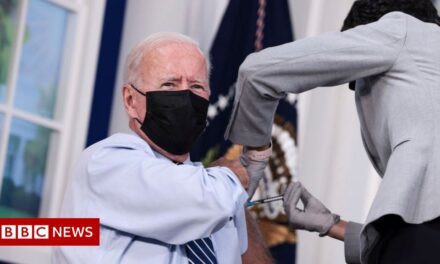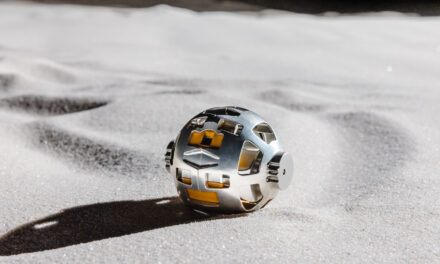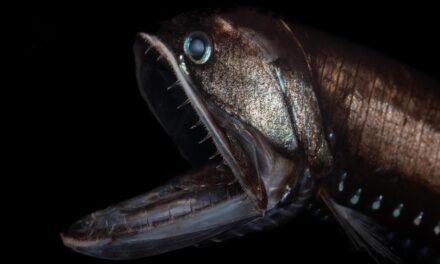
The Big Role That Big Donors Still Play, Quietly, for Joe Biden
In the 2020 primary, Mr. Biden opened up all his fund-raisers to a small group of reporters, known as a press pool, who could attend and listen to his remarks. The move was partly an effort to blunt criticism from his more progressive rivals, Mr. Sanders and Elizabeth Warren, who declined to hold big-donor events, casting them as corruptive. Other rivals eventually followed Mr. Biden’s lead.
Yet after Mr. Biden became the presumptive nominee and the donation limit skyrocketed — from $2,800 in the primary to more than $700,000 now, including party funds — his campaign pulled back on its transparency. Instead of allowing that press pool to watch virtual events with the biggest donors, there has often been only a call-in line provided, obscuring the ability to see who is attending.
Rufus Gifford, Mr. Biden’s deputy campaign manager, called the change “a new format as we enter a new phase of the general election campaign” after it was first implemented unilaterally for a Wall Street fund-raiser in May.
The policy change received little public or political pushback. So it stayed.
Since then, Mr. Biden’s campaign has also cut off press access to some of his full discussions with his biggest donors, with aides declaring the candidate would engage in a “virtual photo line” after only a couple of questions. In reality, the private conversations between Mr. Biden and his financiers can last as much as an hour longer, according to participants, including the one with Mr. Saban.
The campaign has also been offering access to Mr. Biden’s policy brain trust for donors willing to pay to attend virtual events and “conversations,” according to event invitations.
Among those who have been featured are Tony Blinken, Mr. Biden’s former national security adviser; Jake Sullivan, a top domestic policy adviser; Stef Feldman, the campaign’s policy director; Mr. Biden’s chiefs of staff when he was vice president (Ron Klain, Steve Ricchetti and Bruce Reed) and Michèle Flournoy, a possible pick to lead the Defense Department.


















